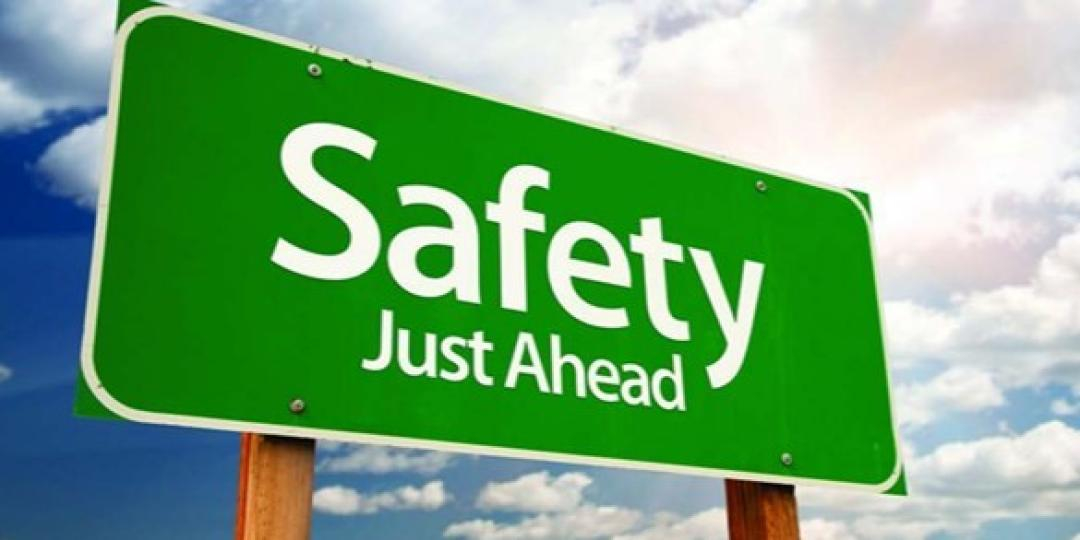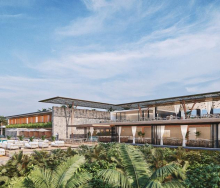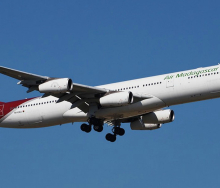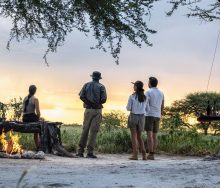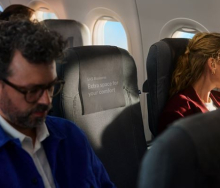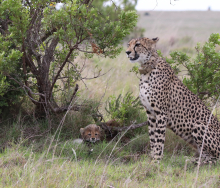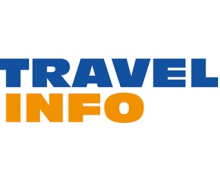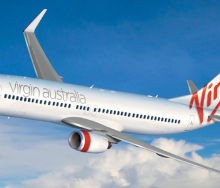Crime prevention initiatives, accurate incident reporting and victim aftercare services were some of the issues on the agenda during an industry-wide online safety summit held last week, as the tourism industry heads into what is expected to be its busiest peak season since 2019.
Chief Operations Officer of SATSA, Hannelie du Toit, shared some of the industry’s plans to ensure tourism safety. These included identifying and mapping crime hotspots, rating the risks for these areas, and developing a plan to create route security.
This plan, including tech solutions like cameras and drones, is almost ready to be rolled out in its pilot phase.
“We know crime moves incredibly fast so it's about continuously monitoring that,” she said.
The Department of Tourism’s planned safety monitors will also align with the hotspots. Chief Director Visitor Services at the Department, Lizzy Mathopa, said while there were serious delays in the programme's roll-out, Minister of Tourism, Patricia de Lille, had committed to it being up and running by December 15.
She said the monitors would undergo training with SAPS, similar to that offered to police reservists.
“It has not been perfect but trying to make sure it becomes sustainable, and that when tourists see monitors, they know that their safety, to a certain extent, is guaranteed,” she said.
Du Toit, however, said comprehensive statistics relating to incidents involving tourists were missing.
She said work was under way with SAPS to develop a tourism crime code, or preferably, two that would be used to classify crimes against domestic and international travellers, helping to further identify crime hotspots and trends. This data would ensure that projects and initiatives were deployed in the right areas.
‘All have role to play’
Andre du Toit, Chair of SATSA's Safety & Security Committee; TBCSA Safety & Security Committee; and a National Tourism Safety Forum member, said tourism operators all had an important role to play in visitor safety.
“You have a duty of care – if you know where someone is going, make sure they know the safest way to get there,” he said.
He said the SECURA app, a safety tool developed for tourists that links them to assistance in their time of need, would also assist in developing accurate incident reporting, with data being used to fold back into preventative measures and motivate to deploy additional resources.
A national traveller and victim support system has also been created to supplement what is already in place. Du Toit said Mpumalanga and Cape Town already had excellent services to help people in distress, “but in regions where that support is lacking, we have support”.
The industry is also working towards a traveller support fund to help those who have experienced a safety incident in the country.
A national hotline has also been created for tourists.
“Our goal is to make sure people have one number and solution that caters for all travellers because we know they move between cities,” he said.
